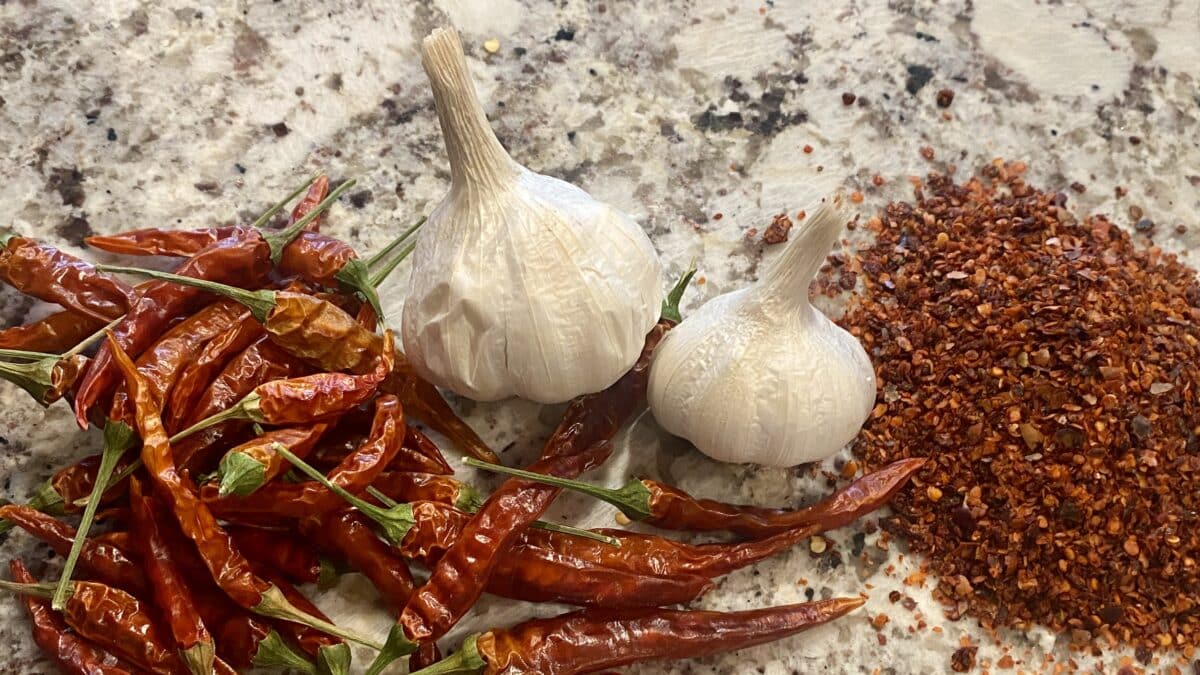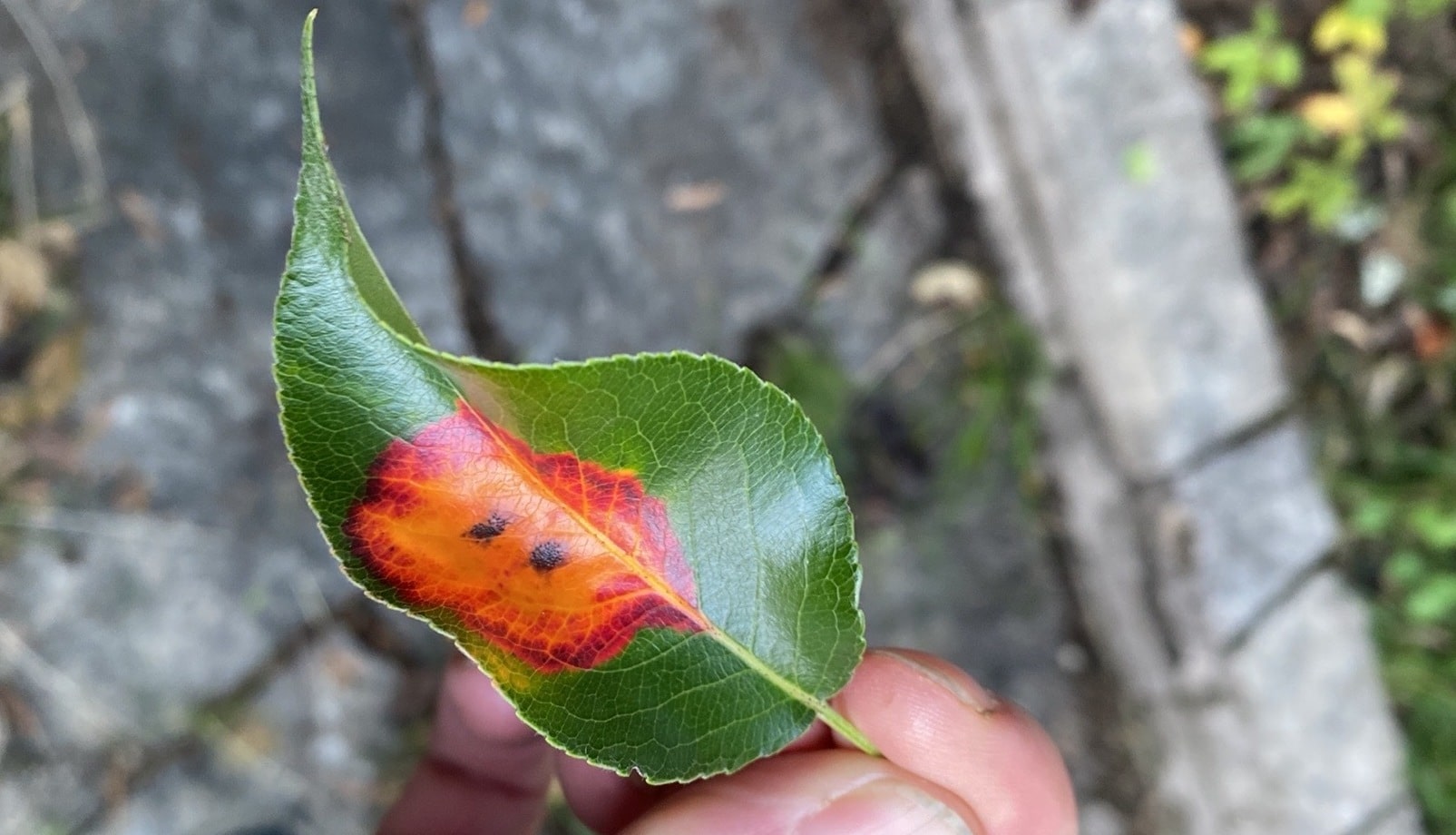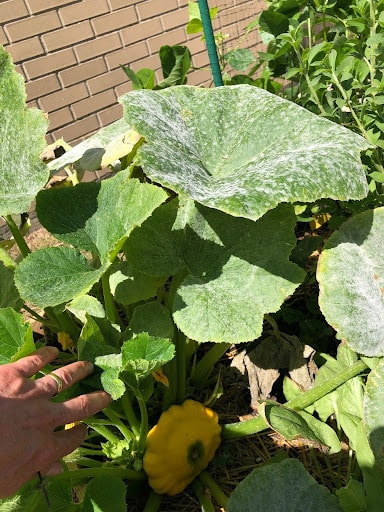Identifying Disease:
Diseases are challenging to identify and treat. Typically you’ll be able to identify a plant disease if you see discolored leaves, wilting leaves, or stunted growth. Many times other problems like over or under-watering, soil issues, or damage from the environment can be mistaken as a disease. If you think a plant has a disease, first check the soil moisture in your garden and pay close attention for a few days. Investigate if your soil might need any nutrients (when was the last time you applied compost or fertilizer).
If nothing helps and the plant health continues to decline it might be best to pull the plant out of the garden and plan for your next crop. Next season look for disease-resistant varieties in seed catalogs and garden centers. Some plants are bred specifically to resist common diseases. If you follow the recommendations in this guide for planting a diverse and healthy garden you will likely not see many diseases in the garden.
The following list outlines some common plant diseases and how to identify them.
Blight
Early Blight is caused by a fungus. The most obvious symptom is the “bulls-eye” patterned spots that develop on older leaves towards the bottom of tomato, pepper, eggplant, or potato plants. Blight can also cause stem lesions and fruit rot. The best way to prevent blight is to keep leaves dry by watering in the morning avoiding water on the leaves and rotating crops from year to year.
Downy Mildew
Downy mildew most commonly damages brassicas, cucurbits, onions, and leafy greens such as spinach, lettuce, collards, cabbage, basil, and squash. Symptoms of downy mildew vary with the plant and the environmental conditions. The first symptom is usually the appearance of pale green spots on the upper leaf surface. These areas soon become yellow and irregular in shape, bounded by the leaf veins. Choose downy mildew resistant varieties if your plants are prone to downy mildew.
Powdery Mildew
Powdery mildew attacks all vine crops and many other herbs and vegetables. Cucumbers, gourd, melon, pumpkin, and squash are most commonly affected. You will be able to identify powdery mildew by the appearance of small, circular, powdery white spots that gradually expand to cover leaves and vines. Treat powdery mildew with neem oil or a mixture of baking soda, dish soap, and water.

Safe Garden Sprays
Safely prevent many pests and diseases






